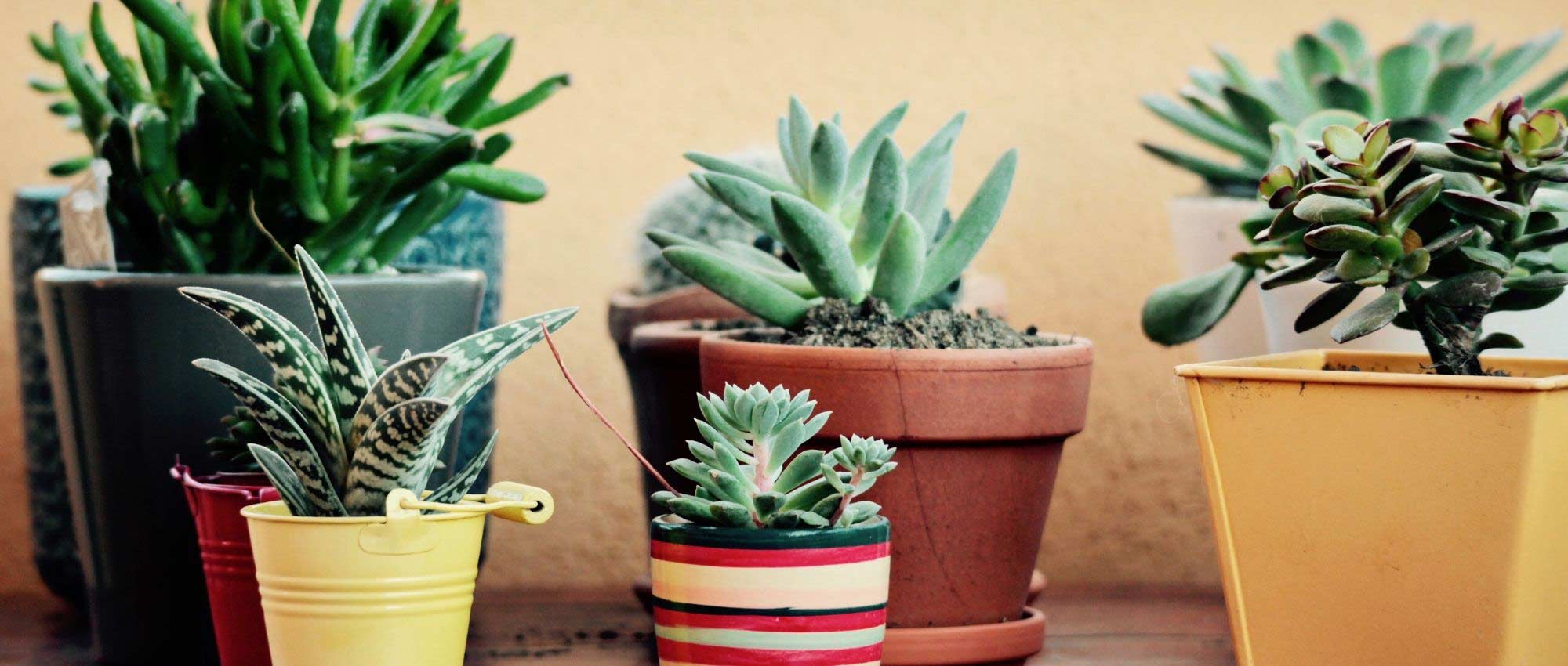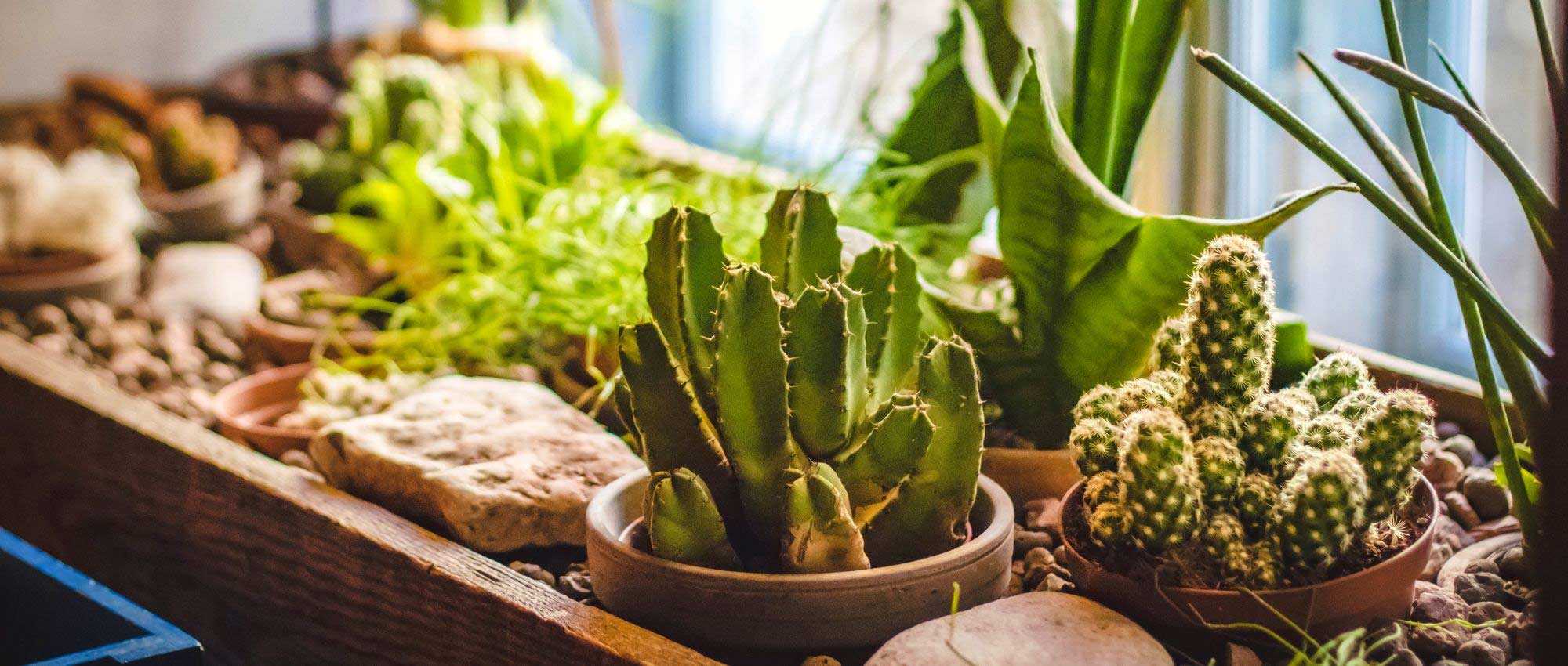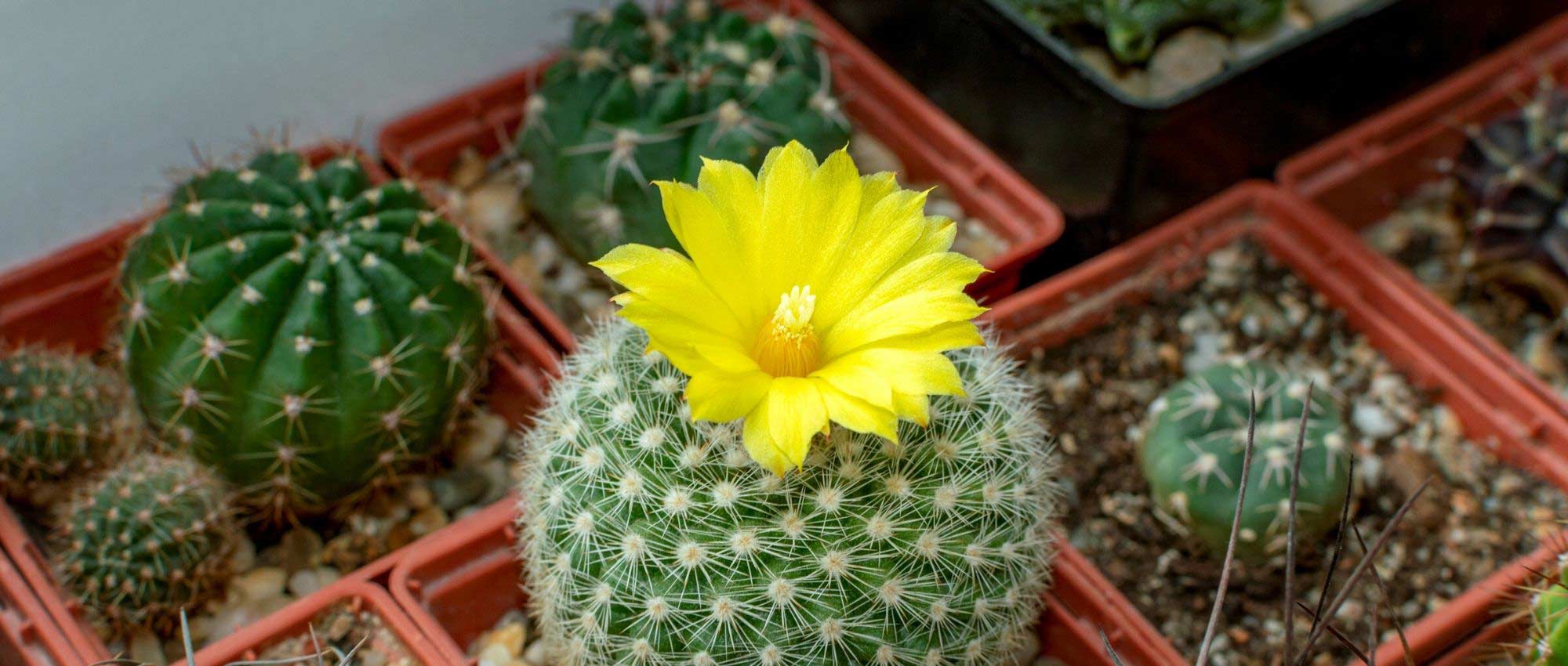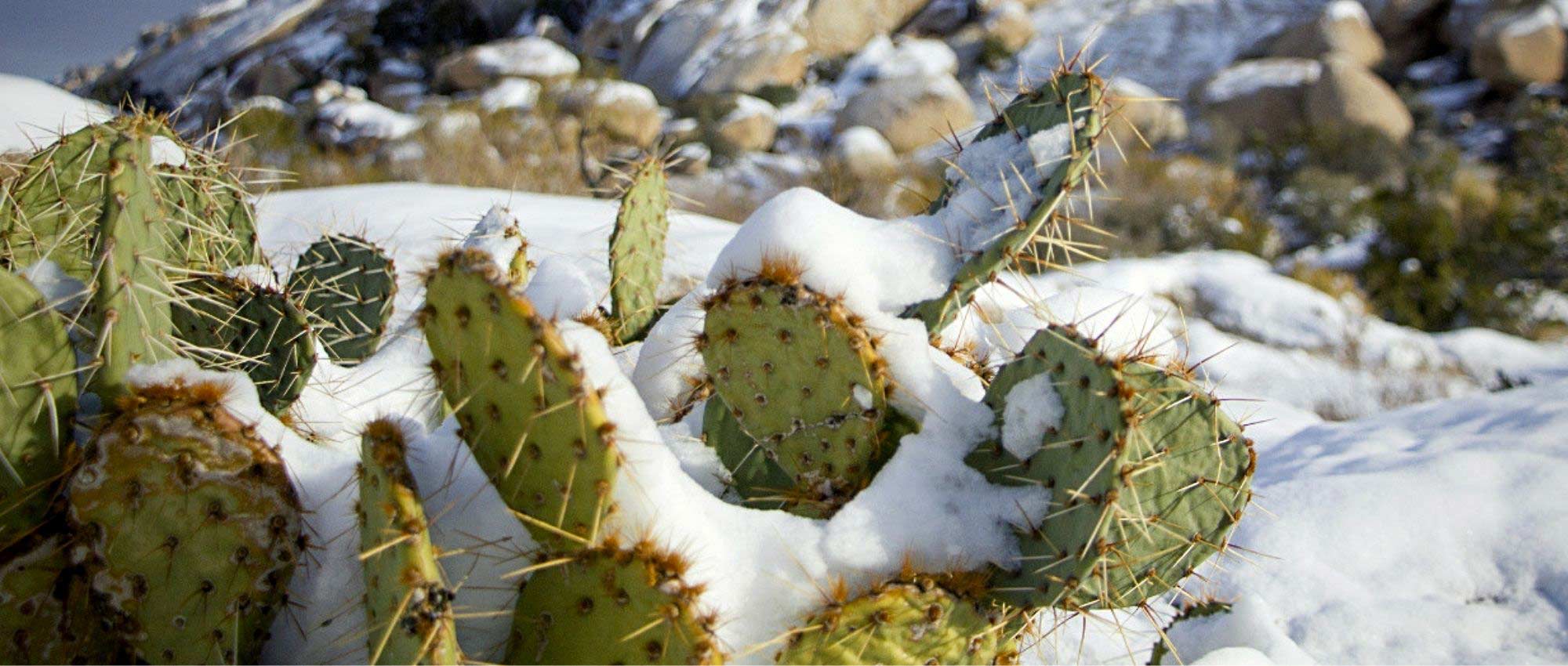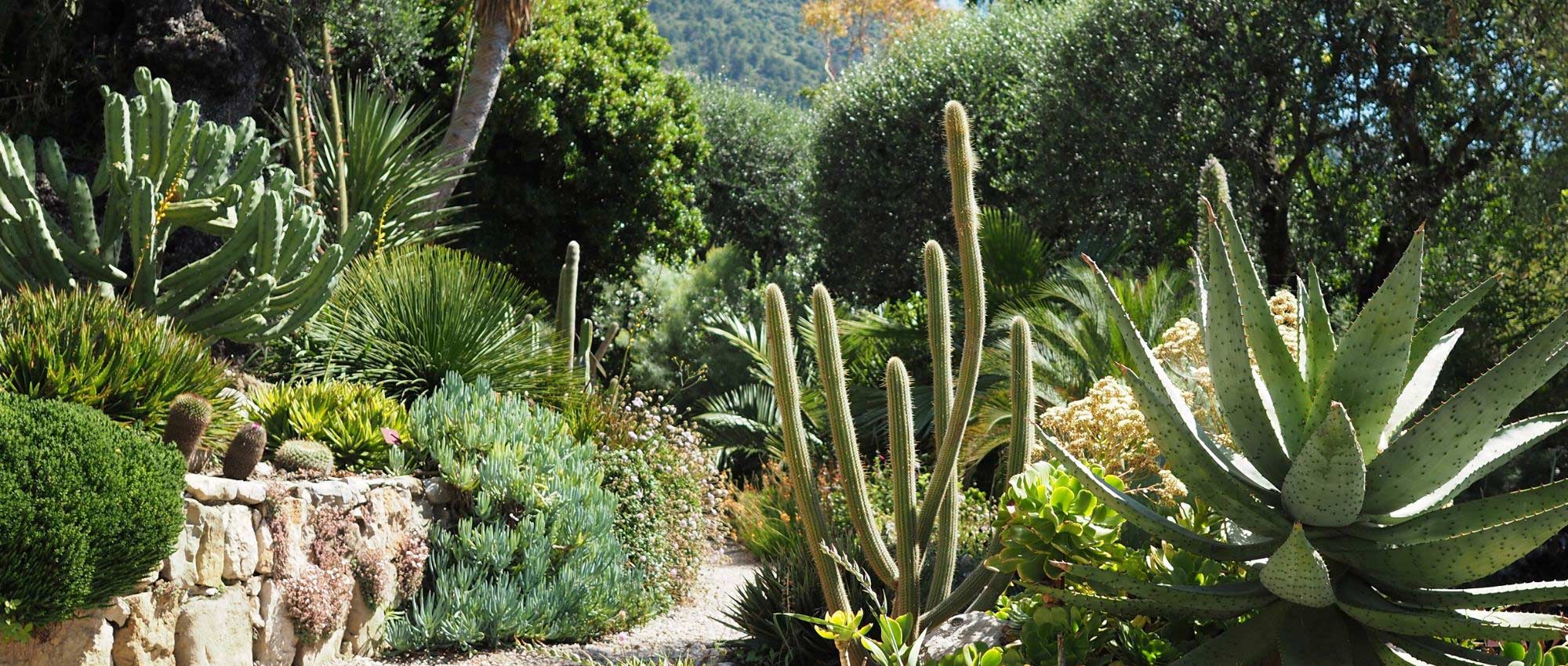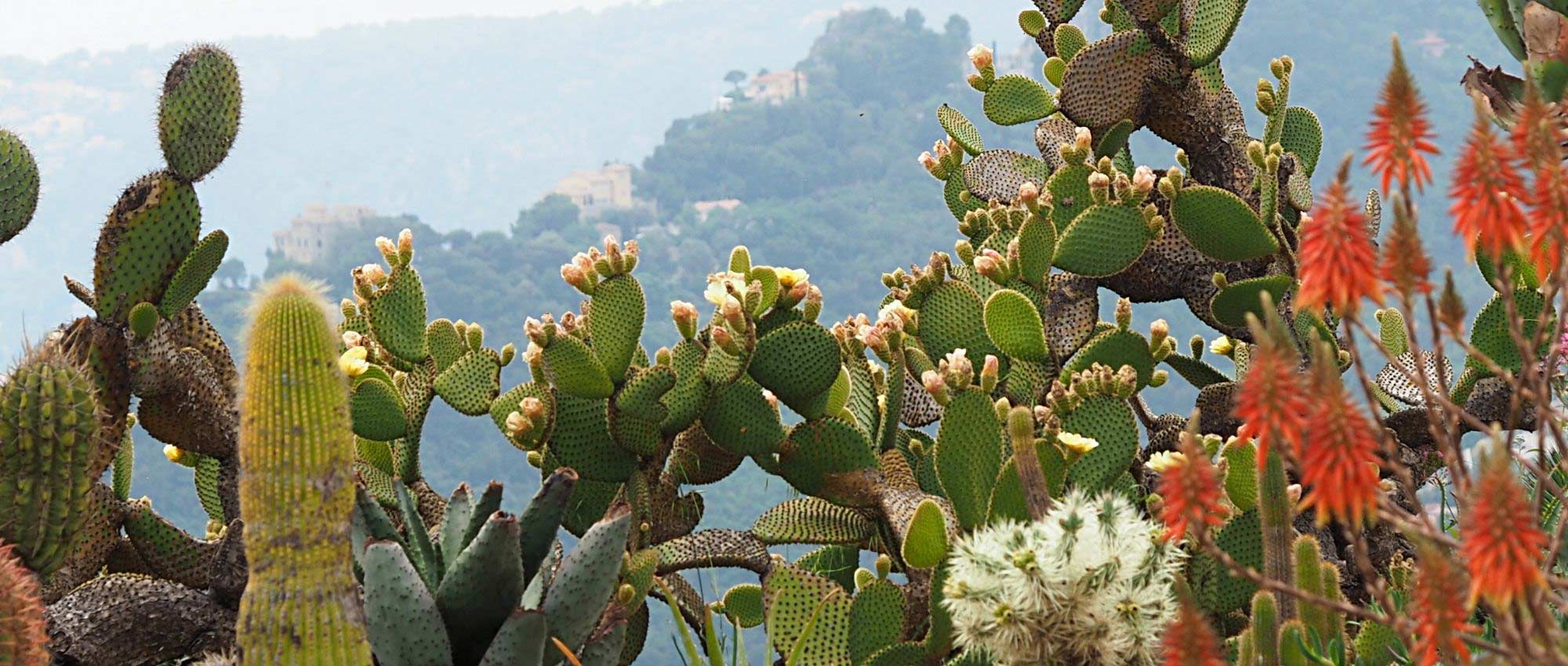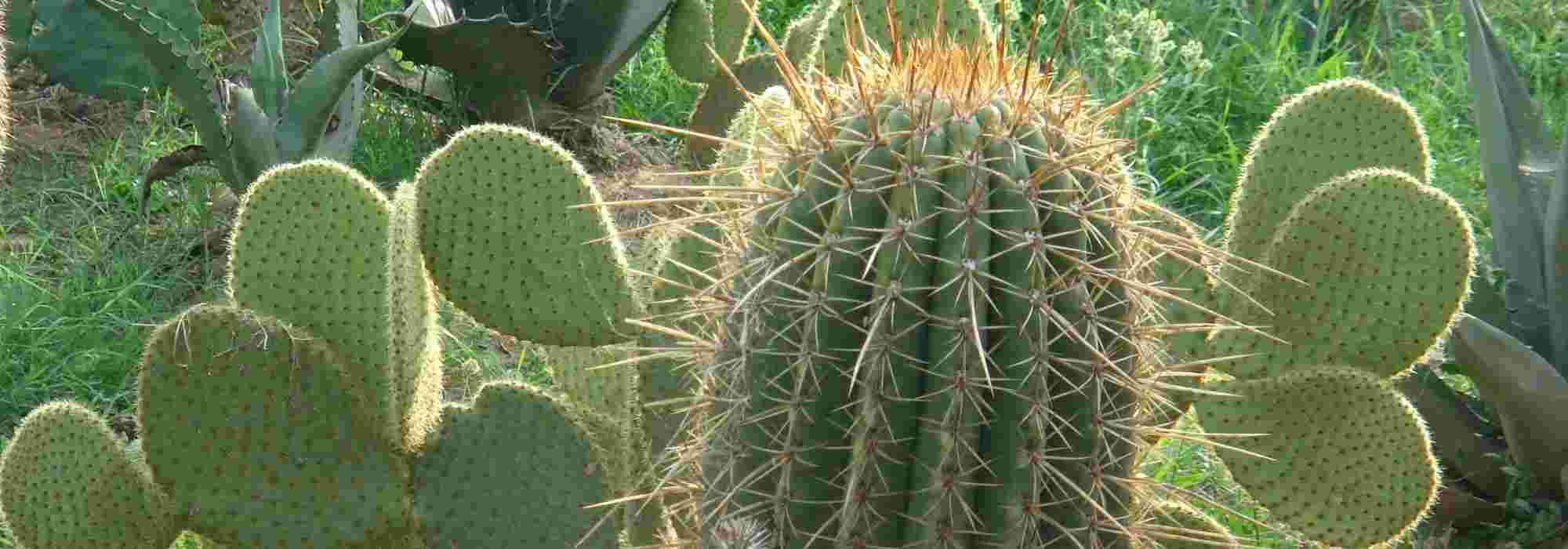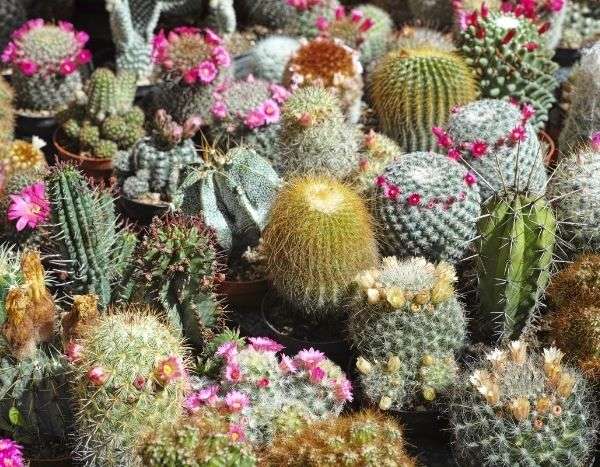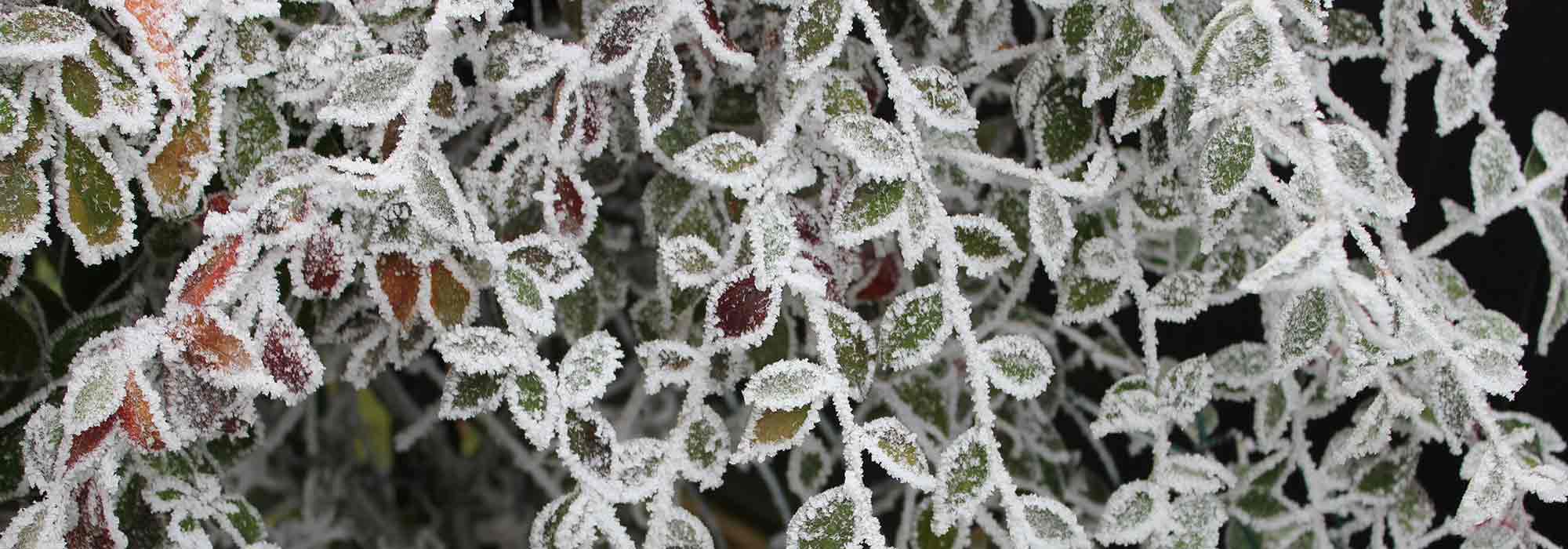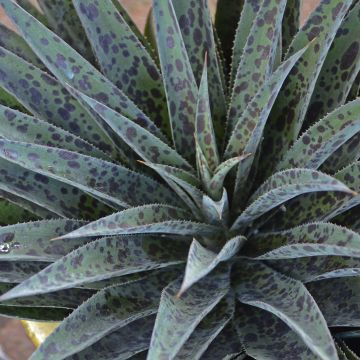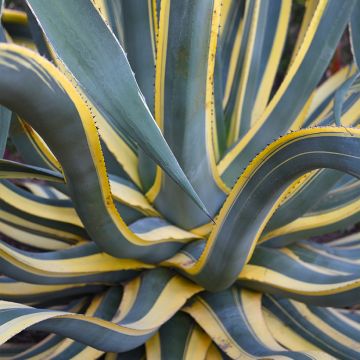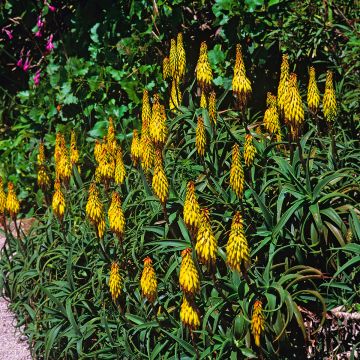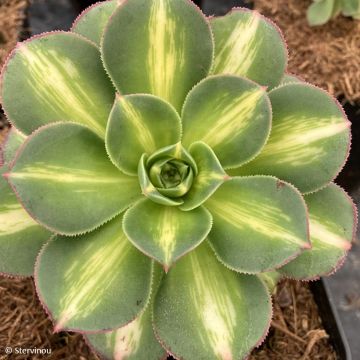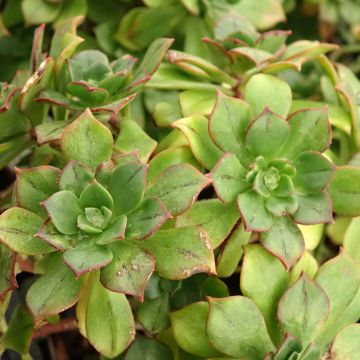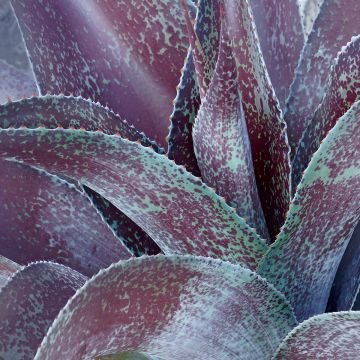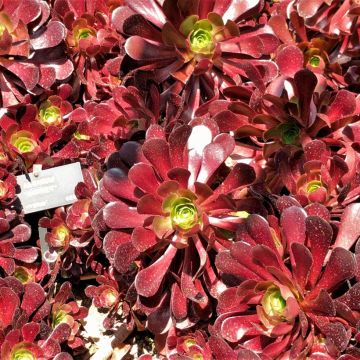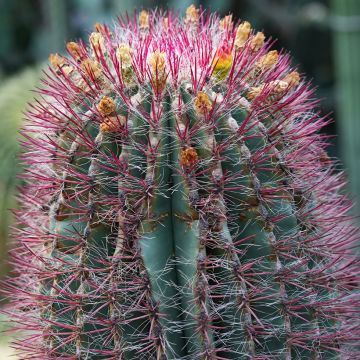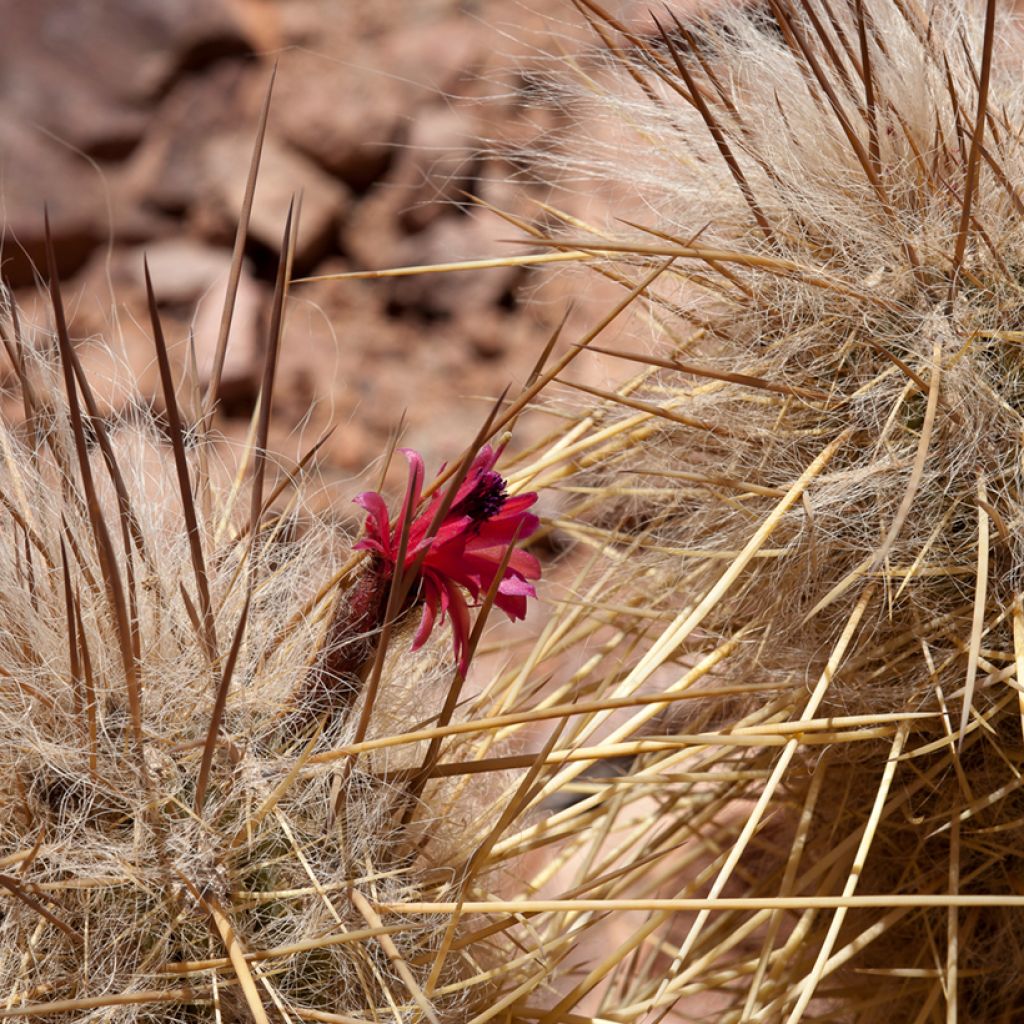

Oreocereus leucotrichus - Cactus
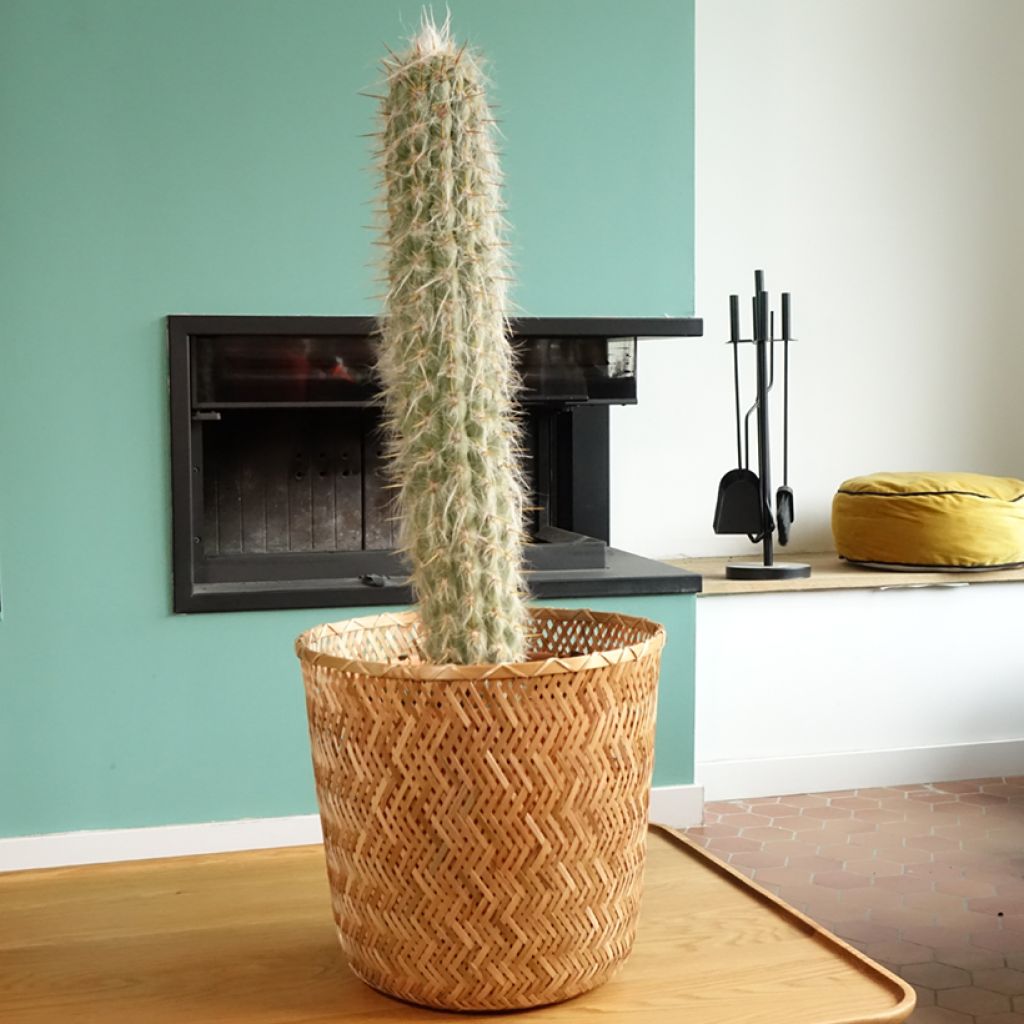

Oreocereus leucotrichus - Cactus
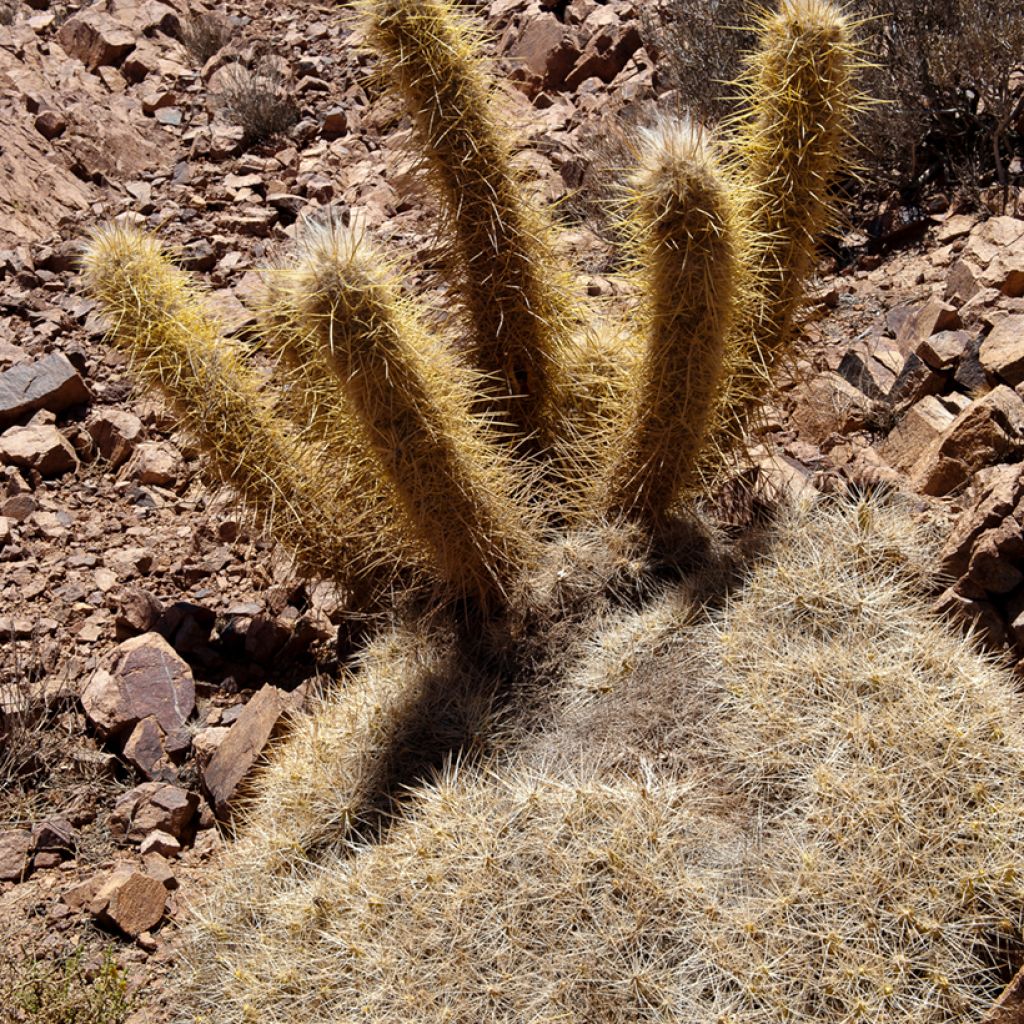

Oreocereus leucotrichus - Cactus
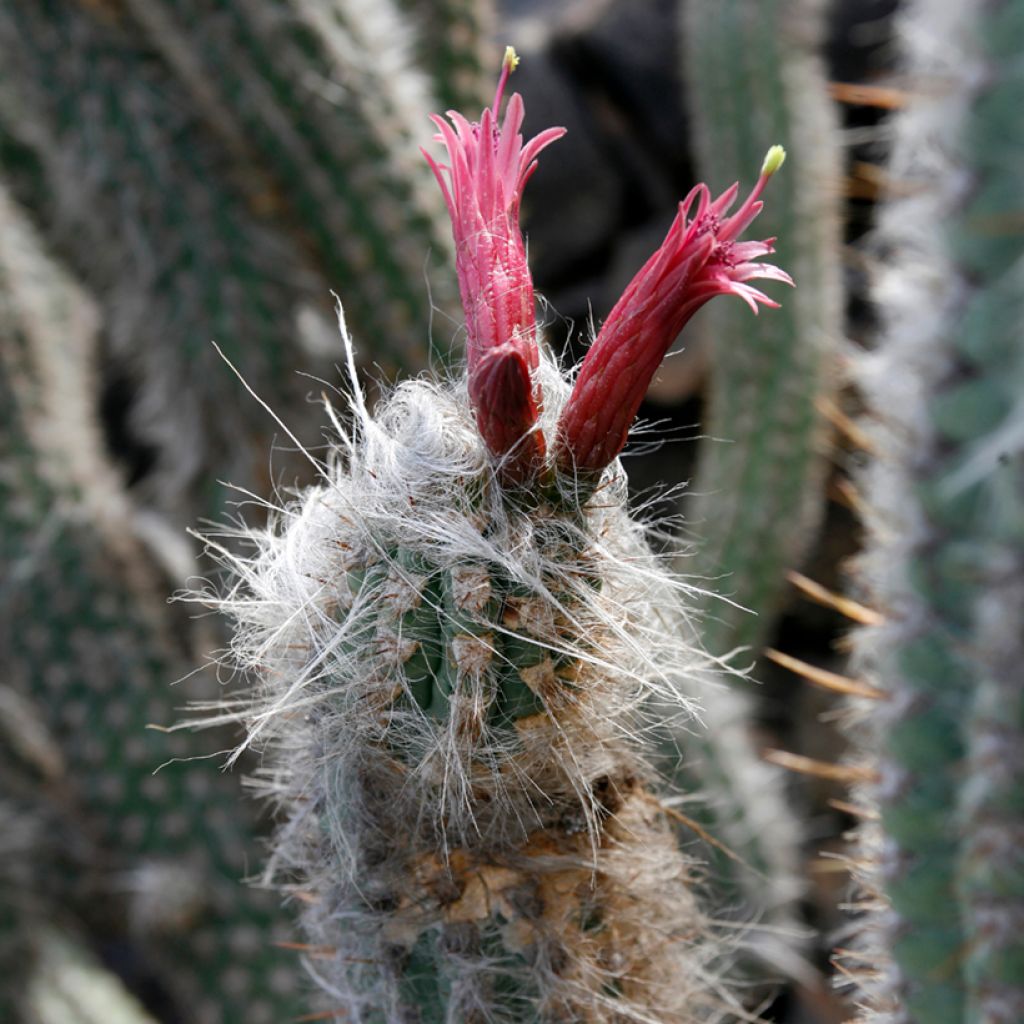

Oreocereus leucotrichus - Cactus
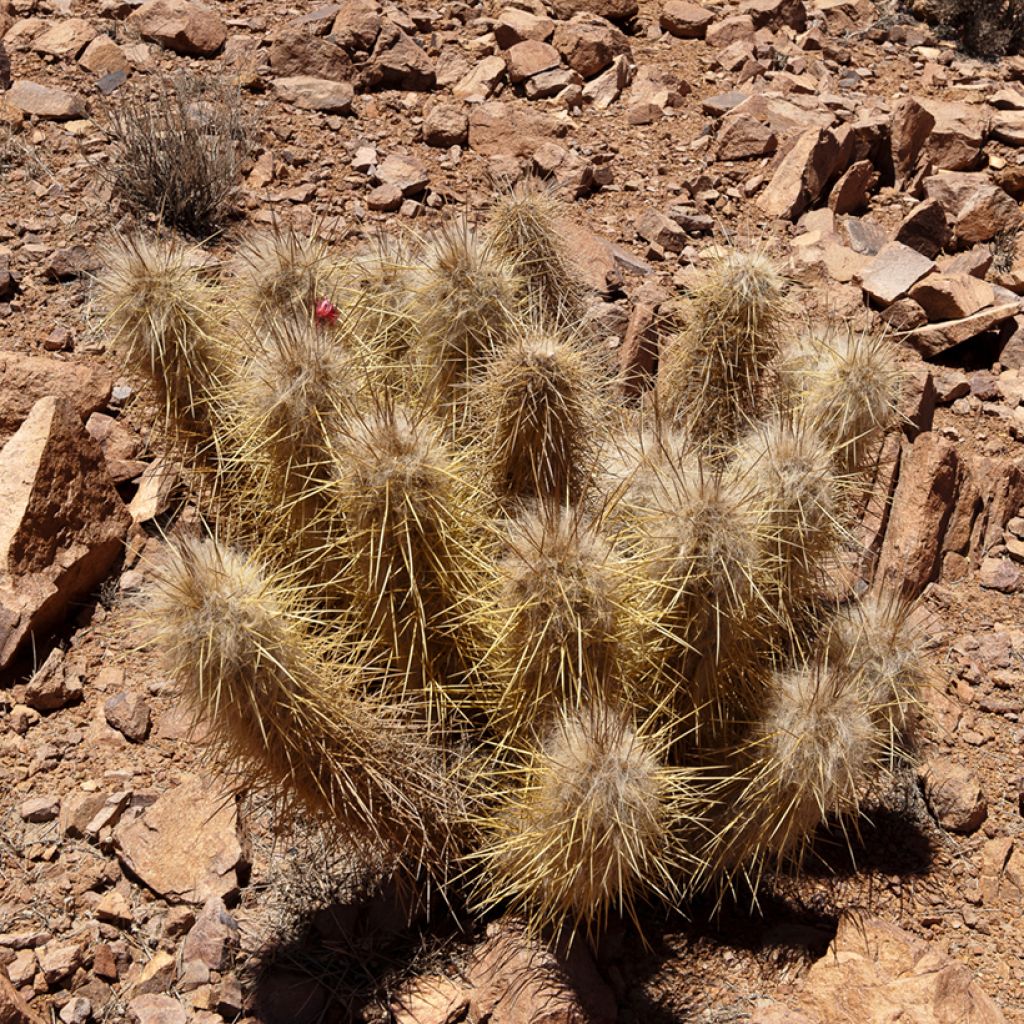

Oreocereus leucotrichus - Cactus
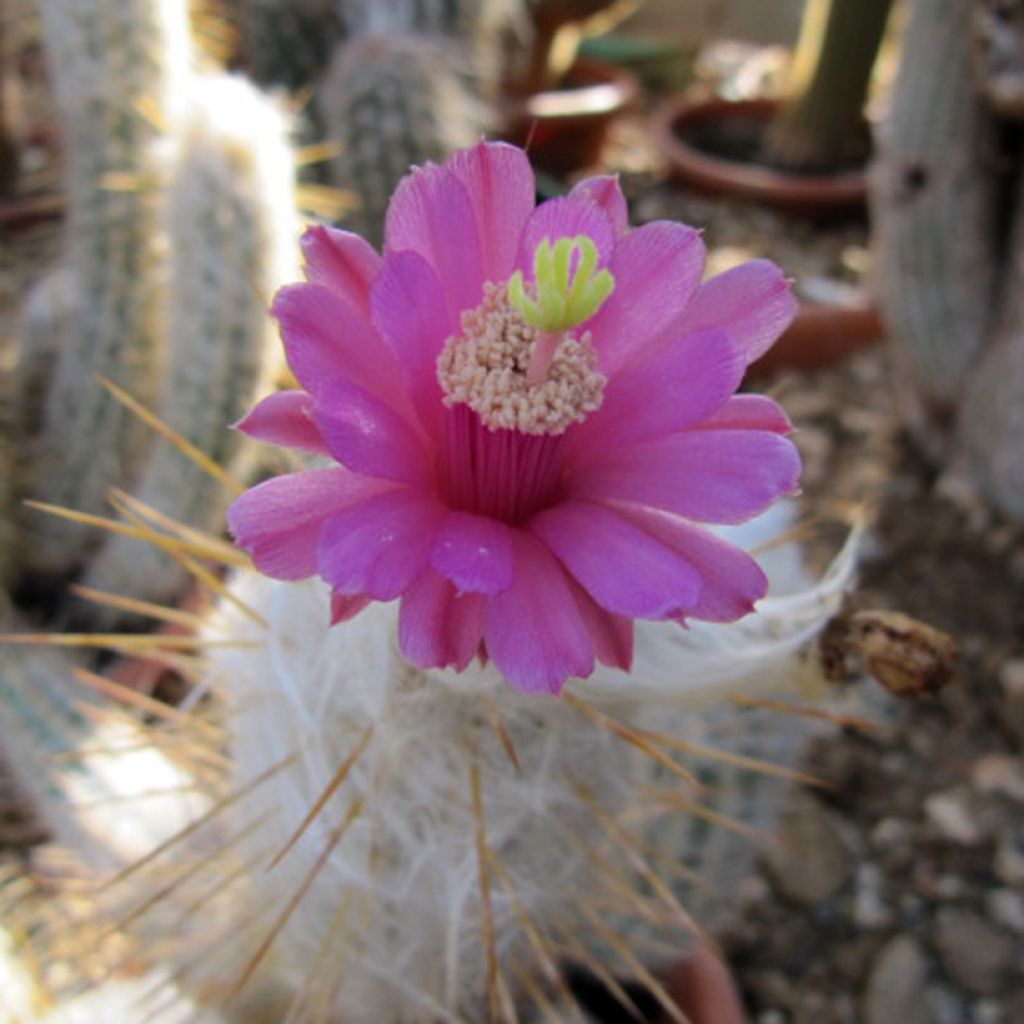

Oreocereus leucotrichus - Cactus
Oreocereus leucotrichus - Cactus
Oreocereus leucotrichus
Special offer!
Receive a €20 voucher for any order over €90 (excluding delivery costs, credit notes, and plastic-free options)!
1- Add your favorite plants to your cart.
2- Once you have reached €90, confirm your order (you can even choose the delivery date!).
3- As soon as your order is shipped, you will receive an email containing your voucher code, valid for 3 months (90 days).
Your voucher is unique and can only be used once, for any order with a minimum value of €20, excluding delivery costs.
Can be combined with other current offers, non-divisible and non-refundable.
Home or relay delivery (depending on size and destination)
Schedule delivery date,
and select date in basket
This plant carries a 12 months recovery warranty
More information
We guarantee the quality of our plants for a full growing cycle, and will replace at our expense any plant that fails to recover under normal climatic and planting conditions.
Does this plant fit my garden?
Set up your Plantfit profile →
Description
Oreocereus leucotrichus is a rare cactus from the Chilean and Peruvian Andes. It grows as a bush with multiple columnar stems, branching from the base and forming dense clusters. The plant is covered in a thick coat of white hairs from which golden to reddish thorns emerge. Adapted to dry and sunny climates, it thrives in very well-drained, rocky soil. As its hardiness has not yet been thoroughly tested in open ground, it is best grown as a greenhouse or conservatory plant.
Oreocereus leucotrichus belongs to the Cactaceae family. This botanical species originates from the mountains of Peru and northern Chile, particularly the regions of Ayacucho and Arequipa in Peru, as well as northern Chile, where it grows at altitudes between 2,000 and 3,500 metres. It is sometimes nicknamed the "White-haired mountain torch cactus". This species also bears the common name "Viejito" in Spanish, meaning "little old man", in reference to its shaggy appearance resembling greying hair. In its natural habitat, this cactus colonises scrubland areas on rocky soils. The climate there is harsh, cool and dry in winter, mild with low rainfall in summer. This bushy cactus develops several columnar stems, measuring between 1 and 2 metres in height and 6 to 12 centimetres in diameter. In cultivation, particularly in pots, its size is often more modest, typically reaching between 60 and 180 centimetres in height. The stems often branch from the base, are covered with 10 to 15 shallow ribs and have a green to grey-green epidermis. The areoles, located along the ribs, are adorned with silky white hairs, measuring between 5 and 10 cm long, providing protection against extreme climatic conditions. The sturdy thorns range in colour from yellowish to chestnut brown or orange and do not grey with age. Each areole bears 1 to 4 slightly curved central thorns, measuring 5 to 8 centimetres long, as well as 5 to 10 radial thorns reaching up to 1.5 centimetres long. The flowering of Oreocereus leucotrichus occurs near the tops of the stems. The diurnal flowers are flat, dark red or purple, measuring 5 to 10 cm long and 3 to 5 cm wide. These flowers appear in spring or summer, depending on growing conditions. The plant must reach a certain maturity, often several years, before flowering. Pollination is mainly carried out by insects attracted by the bright colour of the flowers. The resulting fruits are globose to slightly elongated, varying in colour from reddish-yellow to yellowish-green, and measure between 2 and 6 cm in diameter.
A silent guardian of arid landscapes, Oreocereus leucotrichus is made for sun-baked rock gardens. Perfectly adapted to the highland Andean climate, its hardening in open ground remains a challenge elsewhere. However, it makes a rare specimen for a potted cactus collection. Its style pairs well with the warm tones of gravel and volcanic stones. It can be planted on a carpet of small ground-covering Sedum or Echeveria. On a scree terrace, it blends into compositions with Yucca rostrata and red Aeonium 'Garnet' for a modern, minimalist scene.
Oreocereus leucotrichus - Cactus in pictures


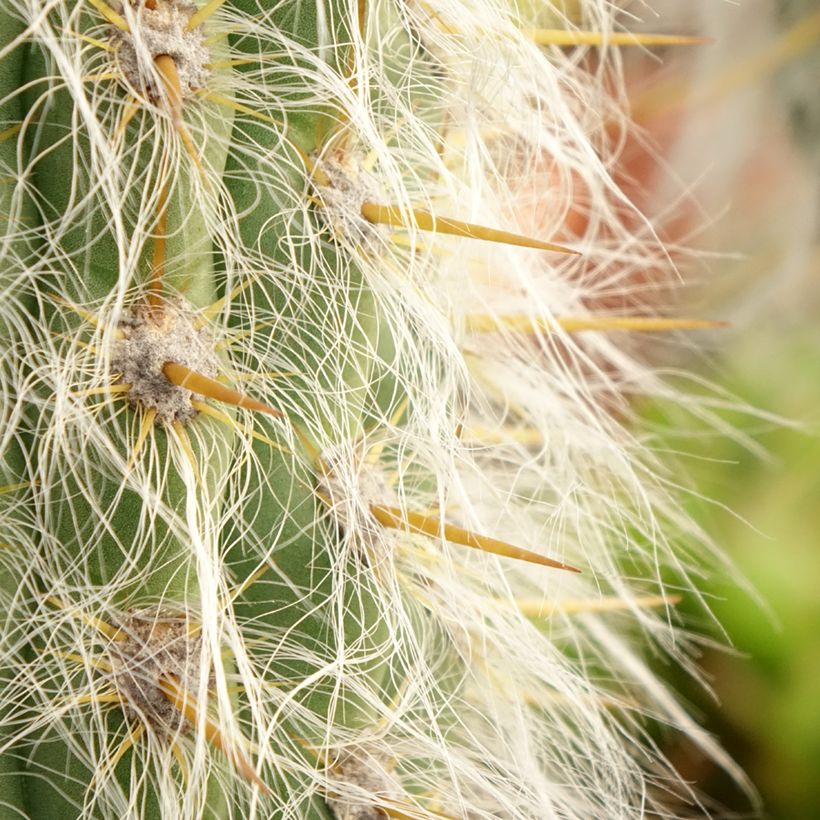



Flowering
Foliage
Plant habit
Botanical data
Oreocereus
leucotrichus
Cactaceae
Echinocactus leucotrichus, Arequipa leucotricha, Borzicactus leucotrichus, Echinopsis leucotricha
Andes Mountains
Planting and care
Handle your cactus with gloves and protective goggles.
To cultivate Oreocereus leucotrichus in the ground, choose a sunny location with extremely well-drained soil, ideally very rocky. Although some sources claim a hardiness of -5 to -7°C at peak, it is wiser to protect Oreocereus leucotrichus from frost, as the cold resistance of this rare plant is not well documented. In winter, ensure the soil remains dry to avoid any risk of rot.
In pots, use a substrate composed of 40% compost and 45% draining materials such as coarse sand or pumice, and place the pot in a spot with maximum light, gradually acclimatising it to direct sunlight. Water moderately during the active growth period, allowing the substrate to dry out completely between waterings, and drastically reduce water intake in winter. A light feed in spring with a specific cactus fertiliser can promote healthy growth. Also, remember to repot the plant every two to three years to renew the substrate and inspect the root system.
Planting period
Intended location
Care
Planting & care advice
This item has not been reviewed yet - be the first to leave a review about it.
Similar products
Haven't found what you were looking for?
Hardiness is the lowest winter temperature a plant can endure without suffering serious damage or even dying. However, hardiness is affected by location (a sheltered area, such as a patio), protection (winter cover) and soil type (hardiness is improved by well-drained soil).

Photo Sharing Terms & Conditions
In order to encourage gardeners to interact and share their experiences, Promesse de fleurs offers various media enabling content to be uploaded onto its Site - in particular via the ‘Photo sharing’ module.
The User agrees to refrain from:
- Posting any content that is illegal, prejudicial, insulting, racist, inciteful to hatred, revisionist, contrary to public decency, that infringes on privacy or on the privacy rights of third parties, in particular the publicity rights of persons and goods, intellectual property rights, or the right to privacy.
- Submitting content on behalf of a third party;
- Impersonate the identity of a third party and/or publish any personal information about a third party;
In general, the User undertakes to refrain from any unethical behaviour.
All Content (in particular text, comments, files, images, photos, videos, creative works, etc.), which may be subject to property or intellectual property rights, image or other private rights, shall remain the property of the User, subject to the limited rights granted by the terms of the licence granted by Promesse de fleurs as stated below. Users are at liberty to publish or not to publish such Content on the Site, notably via the ‘Photo Sharing’ facility, and accept that this Content shall be made public and freely accessible, notably on the Internet.
Users further acknowledge, undertake to have ,and guarantee that they hold all necessary rights and permissions to publish such material on the Site, in particular with regard to the legislation in force pertaining to any privacy, property, intellectual property, image, or contractual rights, or rights of any other nature. By publishing such Content on the Site, Users acknowledge accepting full liability as publishers of the Content within the meaning of the law, and grant Promesse de fleurs, free of charge, an inclusive, worldwide licence for the said Content for the entire duration of its publication, including all reproduction, representation, up/downloading, displaying, performing, transmission, and storage rights.
Users also grant permission for their name to be linked to the Content and accept that this link may not always be made available.
By engaging in posting material, Users consent to their Content becoming automatically accessible on the Internet, in particular on other sites and/or blogs and/or web pages of the Promesse de fleurs site, including in particular social pages and the Promesse de fleurs catalogue.
Users may secure the removal of entrusted content free of charge by issuing a simple request via our contact form.
The flowering period indicated on our website applies to countries and regions located in USDA zone 8 (France, the United Kingdom, Ireland, the Netherlands, etc.)
It will vary according to where you live:
- In zones 9 to 10 (Italy, Spain, Greece, etc.), flowering will occur about 2 to 4 weeks earlier.
- In zones 6 to 7 (Germany, Poland, Slovenia, and lower mountainous regions), flowering will be delayed by 2 to 3 weeks.
- In zone 5 (Central Europe, Scandinavia), blooming will be delayed by 3 to 5 weeks.
In temperate climates, pruning of spring-flowering shrubs (forsythia, spireas, etc.) should be done just after flowering.
Pruning of summer-flowering shrubs (Indian Lilac, Perovskia, etc.) can be done in winter or spring.
In cold regions as well as with frost-sensitive plants, avoid pruning too early when severe frosts may still occur.
The planting period indicated on our website applies to countries and regions located in USDA zone 8 (France, United Kingdom, Ireland, Netherlands).
It will vary according to where you live:
- In Mediterranean zones (Marseille, Madrid, Milan, etc.), autumn and winter are the best planting periods.
- In continental zones (Strasbourg, Munich, Vienna, etc.), delay planting by 2 to 3 weeks in spring and bring it forward by 2 to 4 weeks in autumn.
- In mountainous regions (the Alps, Pyrenees, Carpathians, etc.), it is best to plant in late spring (May-June) or late summer (August-September).
The harvesting period indicated on our website applies to countries and regions in USDA zone 8 (France, England, Ireland, the Netherlands).
In colder areas (Scandinavia, Poland, Austria...) fruit and vegetable harvests are likely to be delayed by 3-4 weeks.
In warmer areas (Italy, Spain, Greece, etc.), harvesting will probably take place earlier, depending on weather conditions.
The sowing periods indicated on our website apply to countries and regions within USDA Zone 8 (France, UK, Ireland, Netherlands).
In colder areas (Scandinavia, Poland, Austria...), delay any outdoor sowing by 3-4 weeks, or sow under glass.
In warmer climes (Italy, Spain, Greece, etc.), bring outdoor sowing forward by a few weeks.






























